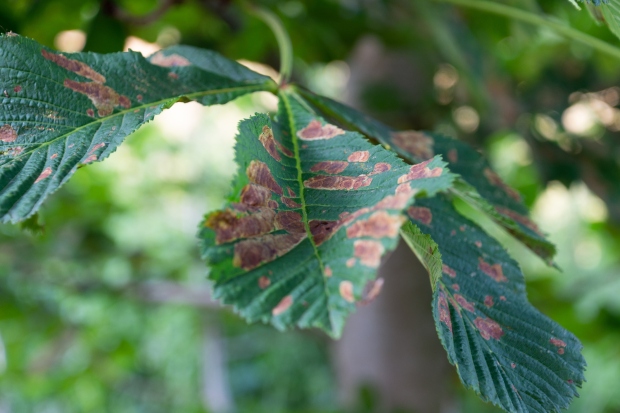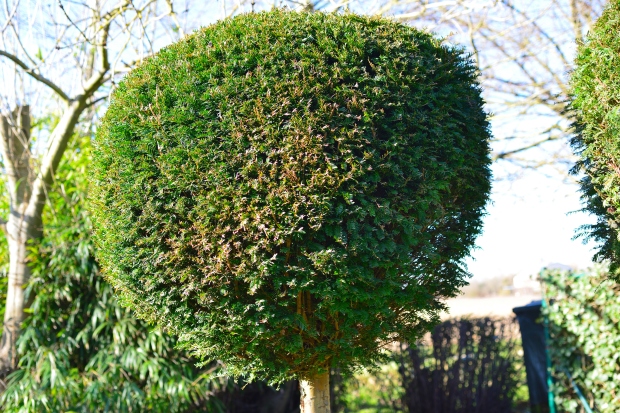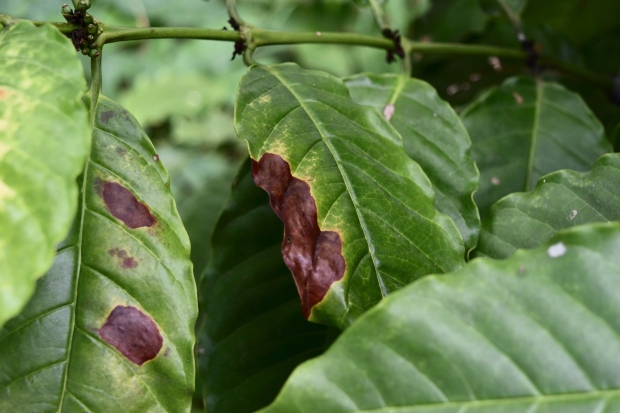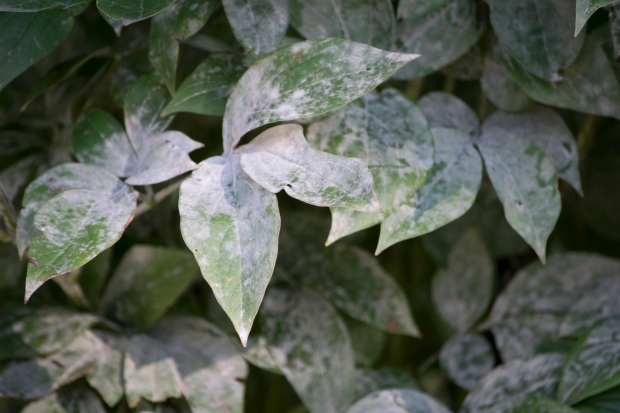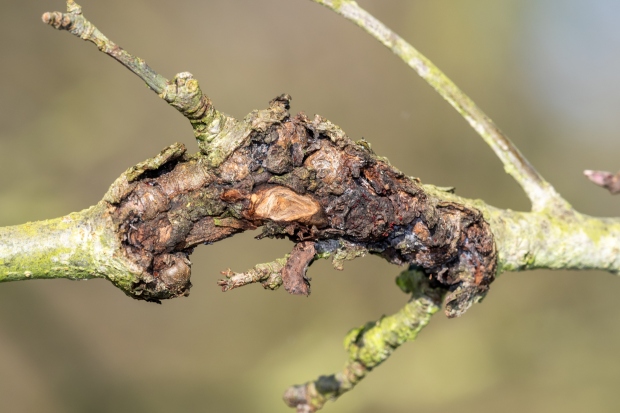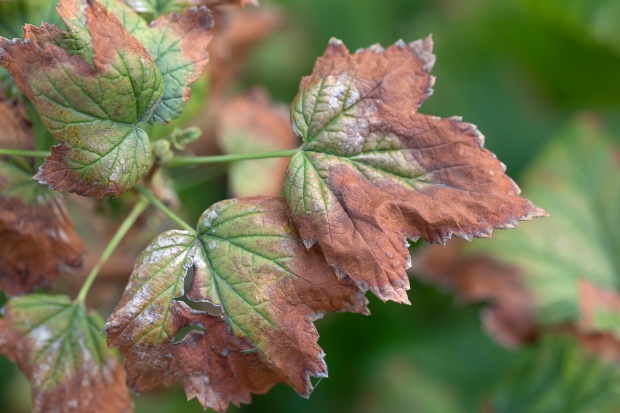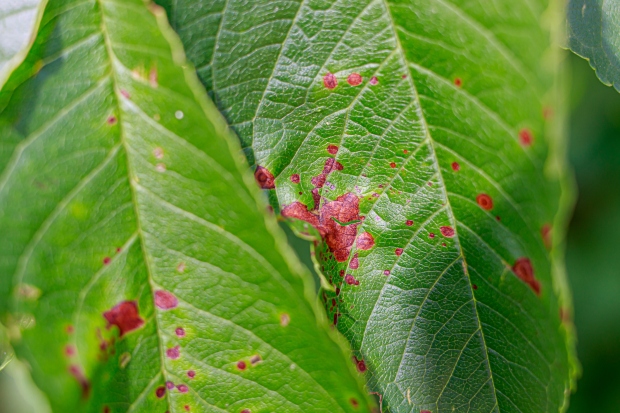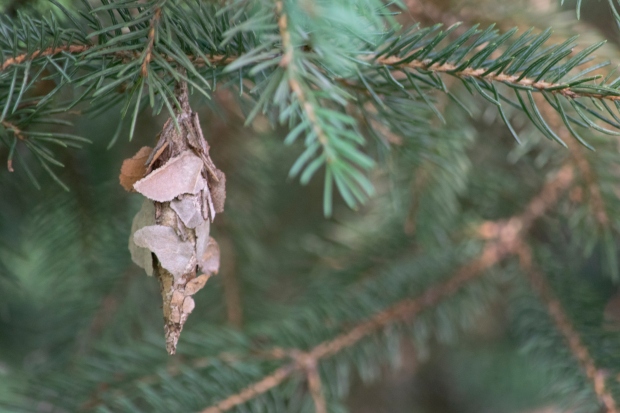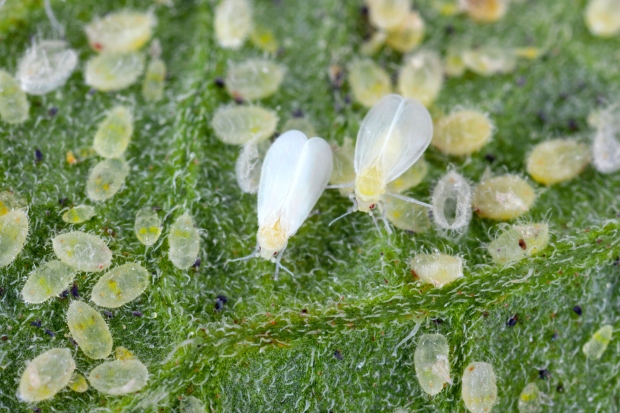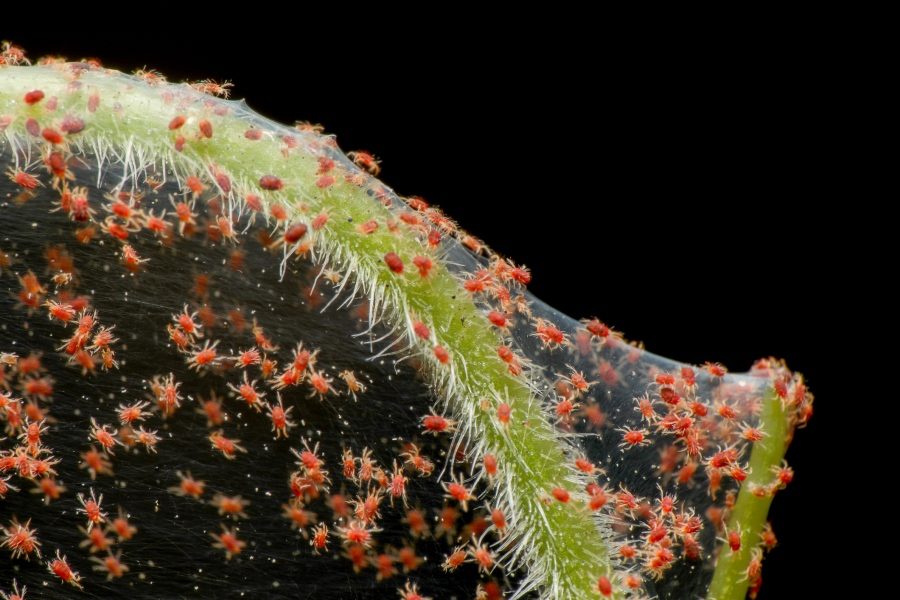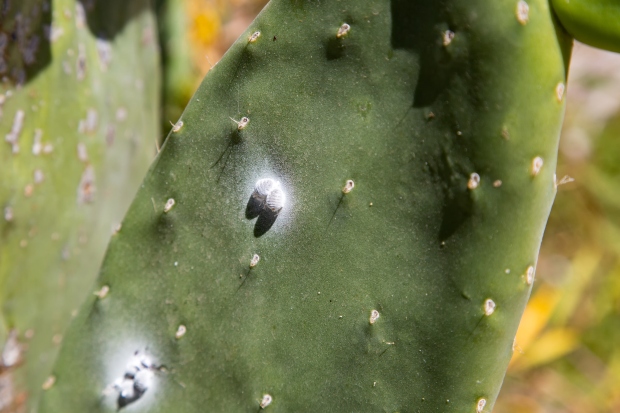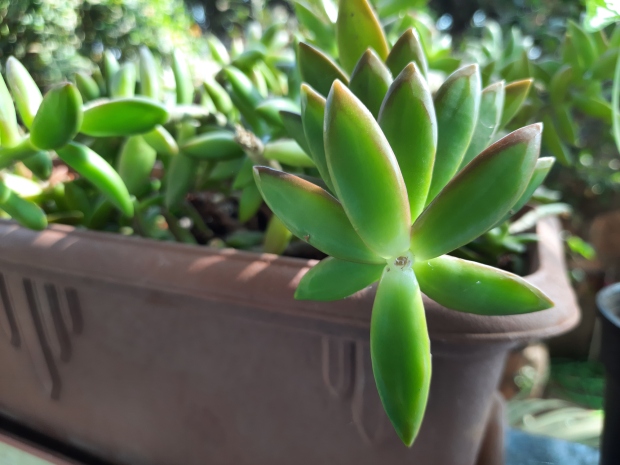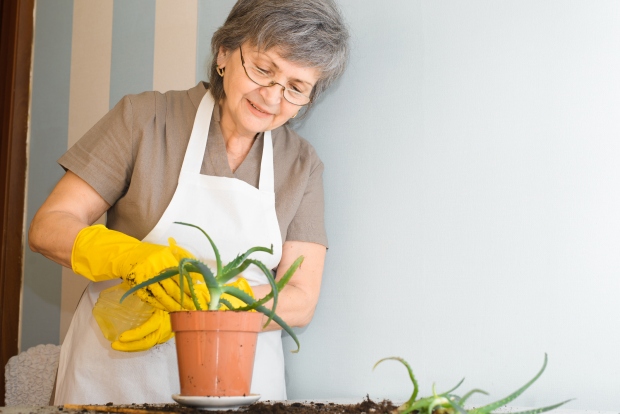How to Buy Vining Plants
After you’ve committed to a few vine varieties, it’s time to bring the plants home. While online plant shopping is becoming increasingly possible, most browsing still occurs in person at nurseries.
However, shopping at garden centers can feel overwhelming. With so many plants to choose from, how can you be sure you’re bringing the best ones home? Here’s a buyer’s guide for getting the right vining plants for your garden space.
Inspect the Growing Area
Before you give any plants serious consideration, walk through the garden center itself. Is the growing space clean and filled with well-maintained plants? Are the staff members knowledgeable and willing to answer your questions? If not, you’ll have less confidence that the plants are in good condition and will thrive in your yard.

Come with a List
Fun as it is to wander garden centers to see what inspires you, when it comes to purchasing, it’s best to have a plan. Do your research on vine varieties beforehand (or at least your general growing conditions). This lets you come away without impulse buys that look pretty at the nursery but are ill-suited to your growing space.

Consider Buying Multiples
Tempting as it might be to save money by only purchasing one of each variety, plants tend to look better when clumped together. Many vining plants start out small, meaning you can fit two or more on the same trellis for a lusher look long term. So take your planting space into consideration, but err on the side of buying more than you think you need.
Look Before you Buy
Don’t just grab the first plant you see. Carefully inspect them from every angle to ensure you come home with healthy ones.
Look for lots of leafy stems with vibrant green growth (no yellowing leaves) and make sure there aren’t signs of pest or disease damage. Be thorough — even turn the pot over to inspect the roots and ensure the plant isn’t too rootbound to adjust to new growing conditions.

Carefully Consider Plant Size
While it’s easy to assume that bigger is better regarding potted plants, you can often get a better bargain by choosing smaller varieties. Nurseries tend to charge more based on pot size, and sometimes the size of the plants within two types of pots are the same. It’s even more cost-effective to choose the smaller option for perennial vines, as they will catch up with the larger plants within a growing season or two.
Avoid Blooms
Tempting as it may be to buy vines in peak bloom, doing so means you won’t get to enjoy them as long in your garden. Instead, seek out plants with plenty of buds that haven’t bloomed yet so you can appreciate them at home. If you want to give vines a better start, consider pruning off the buds and blossoms, so the plant puts more energy into developing a root system.


